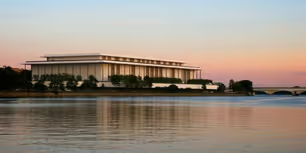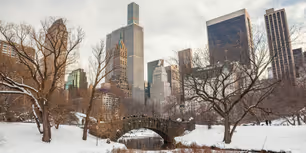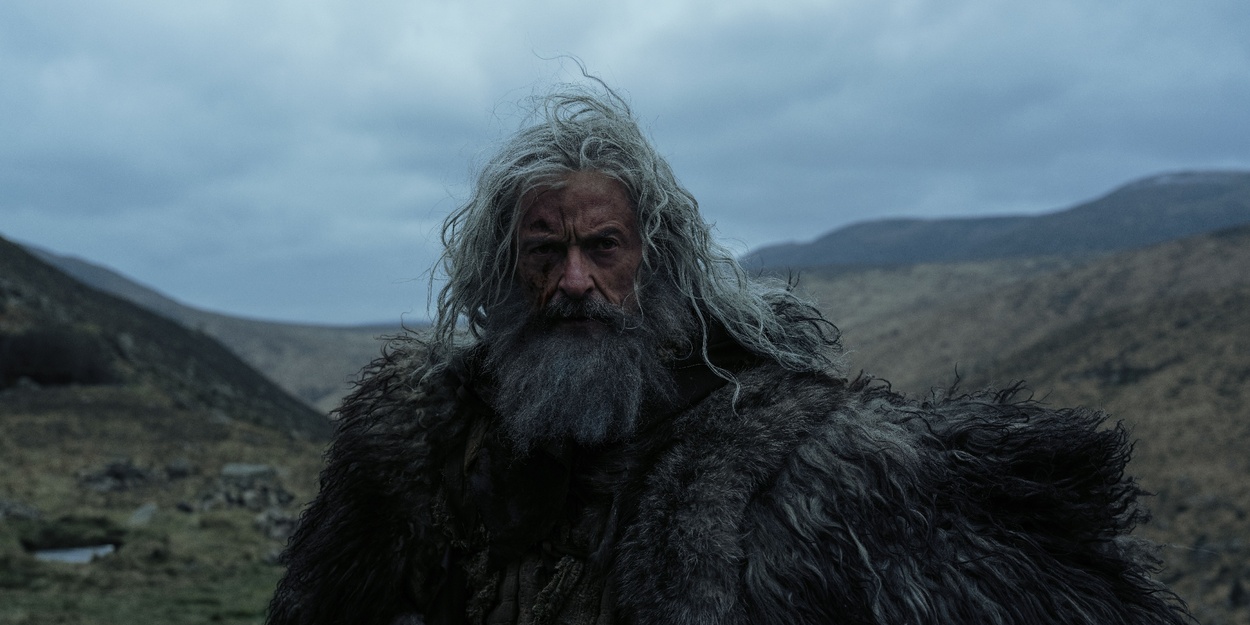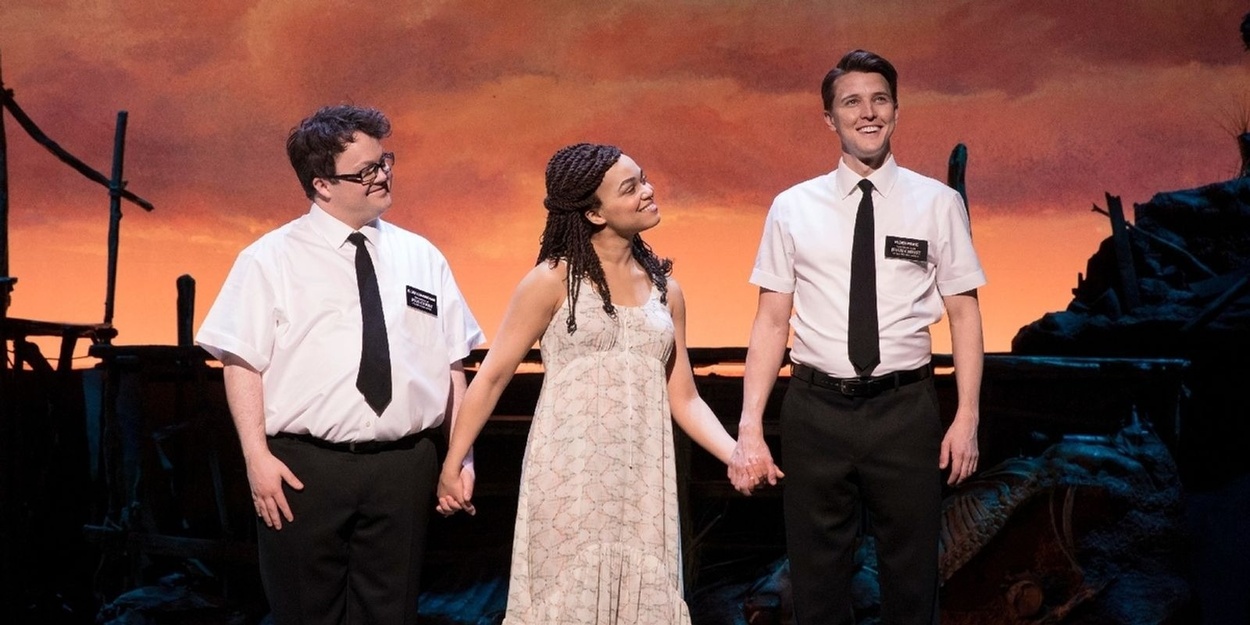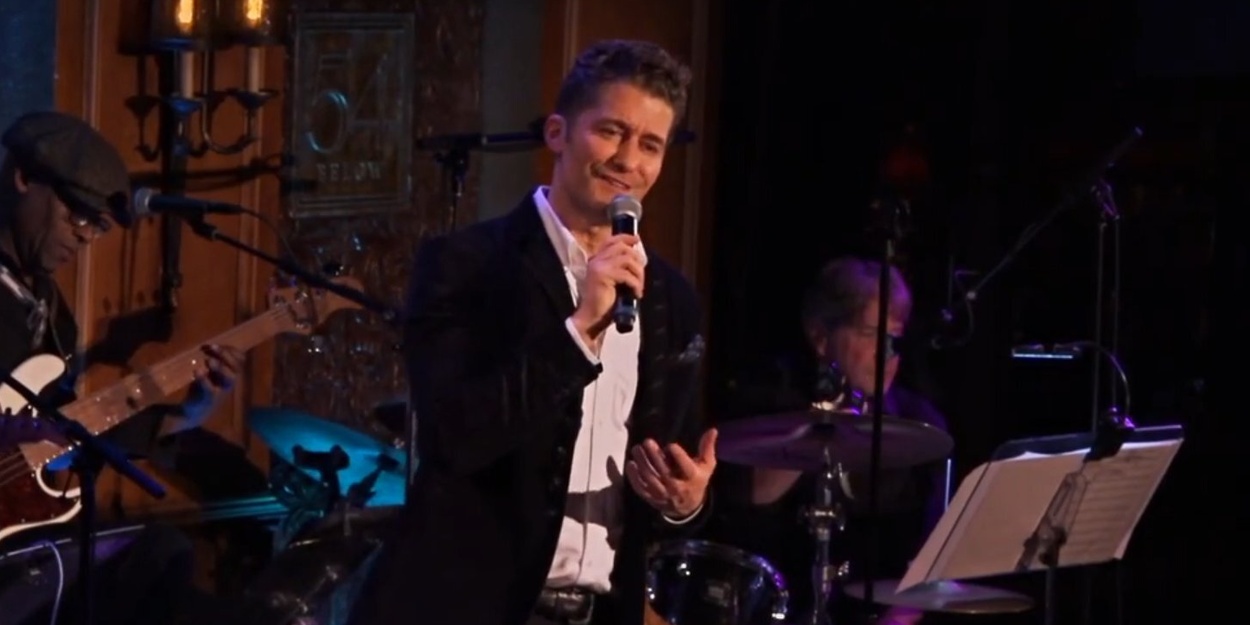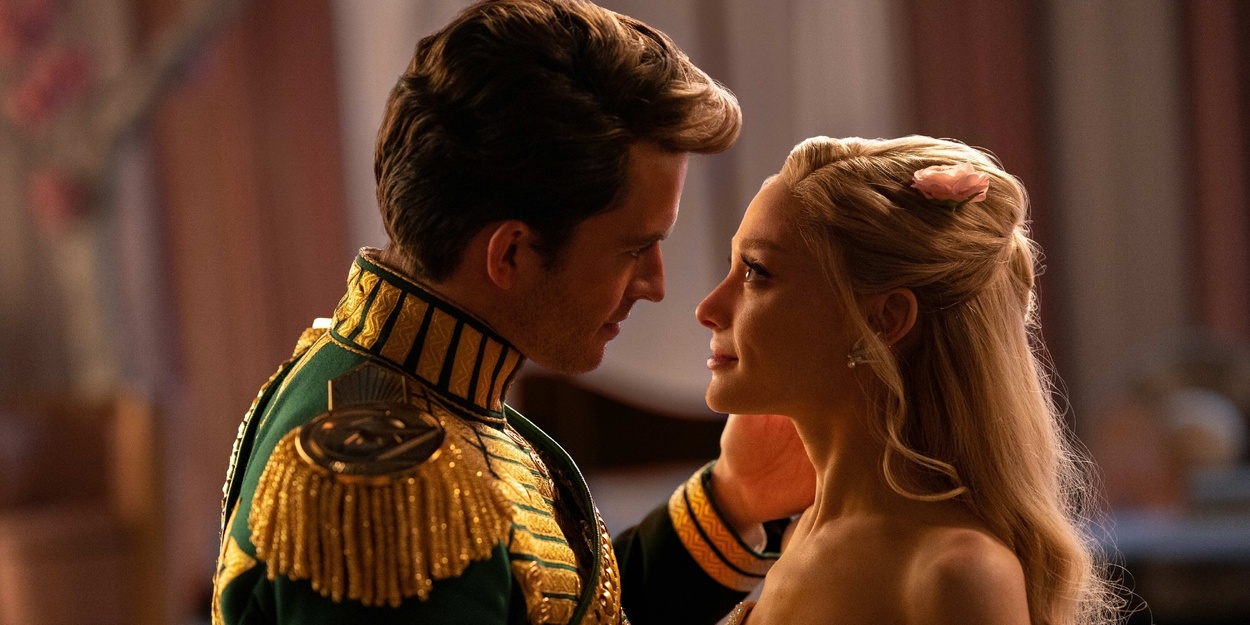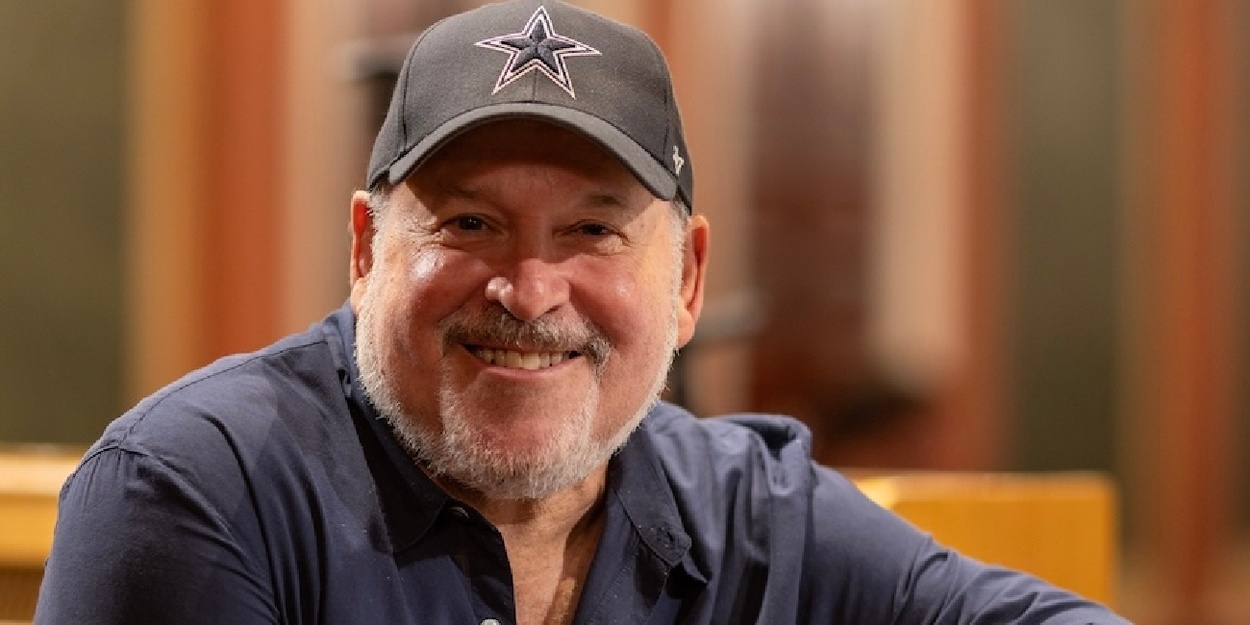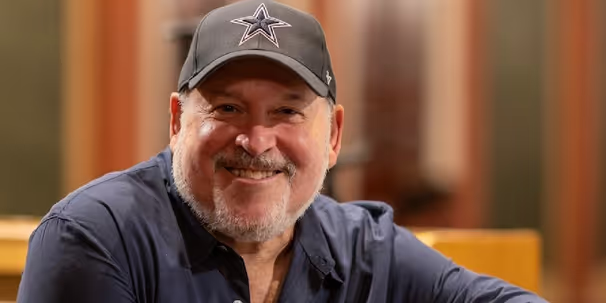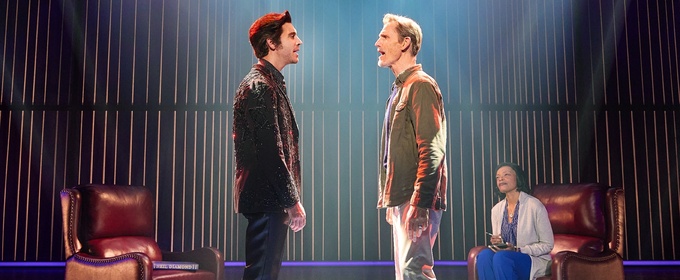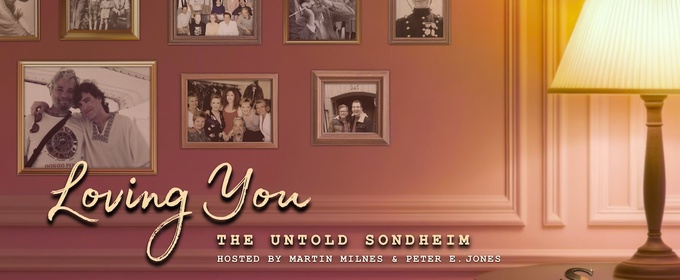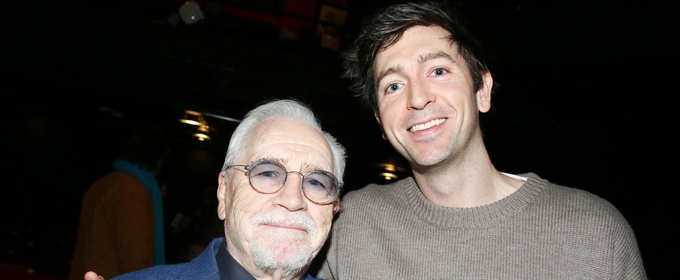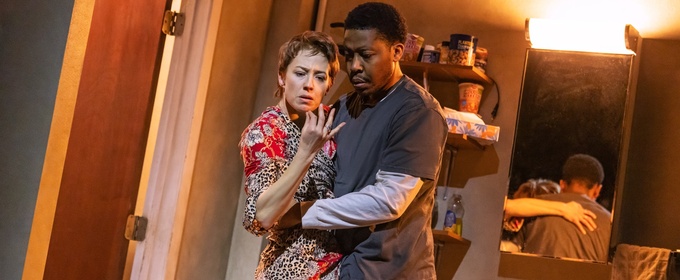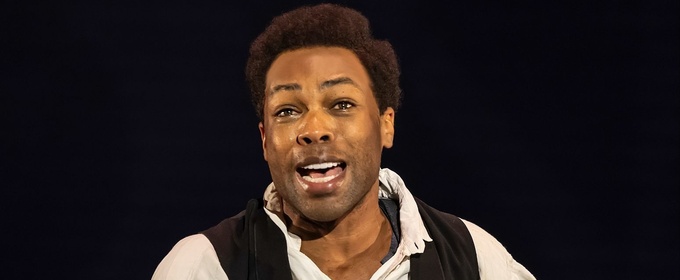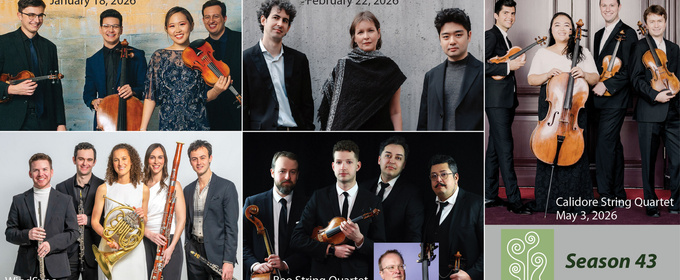Trending Stories
Recommended for You
Additional Cast Joins Nathan Lane, Laurie Metcalf, and More in DEATH OF A SALESMAN
The cast includes K. Todd Freeman (Charley), Jonathan Cake (Ben Loman), John Drea (Howard), Michael Benjamin Washington (Bernard), and more.
Interview: Frank Wildhorn on His Global Career
Wildhorn discusses his projects including Chimney Town, Death Note, his new symphony 'Vienna' and more!
Playlist: New Year, New You!
Check out 50 showtunes that will leave you feeling like a brand-new you!
ALL OUT: COMEDY ABOUT AMBITION Releases Lawrence's 'Whatcha Want'
All Out: Comedy About Ambition by Simon Rich is directed by Alex Timbers and features original music performed by Lawrence.
Ticket Central
Industry
West End

Photos: Sheridan Smith and Romesh Ranganathan in WOMAN IN MIND at the Duke of York’s Theatre
Romesh Ranganathan makes his West End stage debut in the role of Bill.
Romesh Ranganathan makes his West End stage debut in the role of Bill.
New York City

Review: THE JACKIE MASON MUSICAL: Laughs, Songs & Heart at Rodney's Comedy Club
Heart and plenty of laughs in this musical re-telling of the famed comedian's life, from his ex's perspective
Heart and plenty of laughs in this musical re-telling of the famed comedian's life, from his ex's perspective
United States

Full Cast Set for Katie Holmes-Led HEDDA GABLER at The Old Globe
In addition to Katie Holmes as Hedda Gabler, the cast of Hedda Gabler includes Charlie Barnett as George Tesman, Saidah Arrika Ekulona as Aunt Julie Tesman and more.
In addition to Katie Holmes as Hedda Gabler, the cast of Hedda Gabler includes Charlie Barnett as George Tesman, Saidah Arrika Ekulona as Aunt Julie Tesman and more.
International

Bill Reid Gallery Celebrates Coast and Interior Salish Art with World Premiere of EVERY RIVER HAS A MOUTH
Exhibition explores identity and evolving cultural practices of those living along the Fraser River, positioning Salish art as both vital and visionary.
Exhibition explores identity and evolving cultural practices of those living along the Fraser River, positioning Salish art as both vital and visionary.








